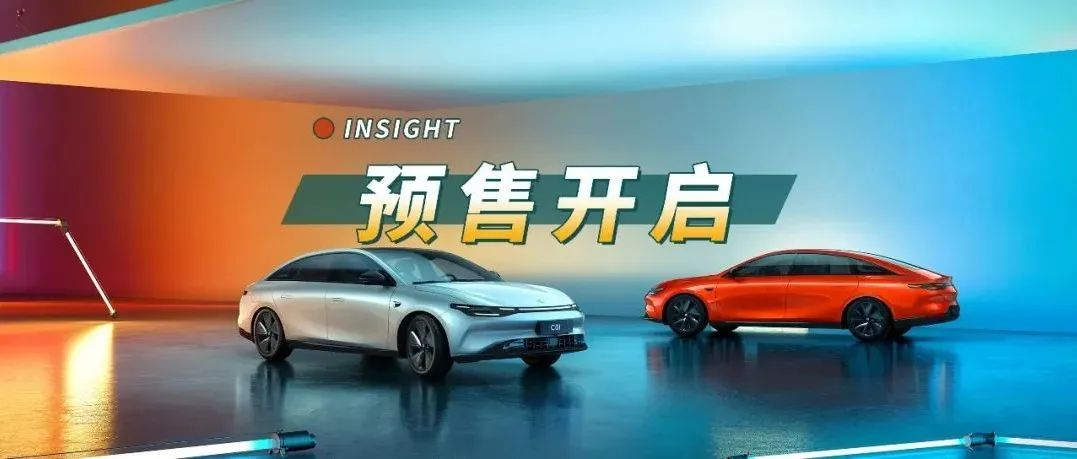Zero Run C01 officially opens pre-sale as the fourth model under Zero Run on May 10th.
Zero Run C01 launches five versions with the pre-sale price ranging from CNY 180,000 to CNY 270,000. Buyers during the pre-sale period will enjoy a lifetime warranty for three electric components.
- Two-wheel drive 500 standard version with acceleration of 7.61 seconds to 100 km/h.
- Two-wheel drive 606 long-range version with acceleration of 7.46 seconds to 100 km/h.
- Two-wheel drive 717 ultra-long-range version with acceleration of 7.18 seconds to 100 km/h.
- Four-wheel drive 630 Pro performance version with acceleration of 4.26 seconds to 100 km/h.
- Four-wheel drive 630 Pro+ high-performance version with acceleration of 3.66 seconds to 100 km/h.
Zero Run CEO Zhu Jiangming mentioned that Zero Run C01 will be delivered to customers between September and October 2022.
Reasonable Price
Take a look at the “debuted” image first.
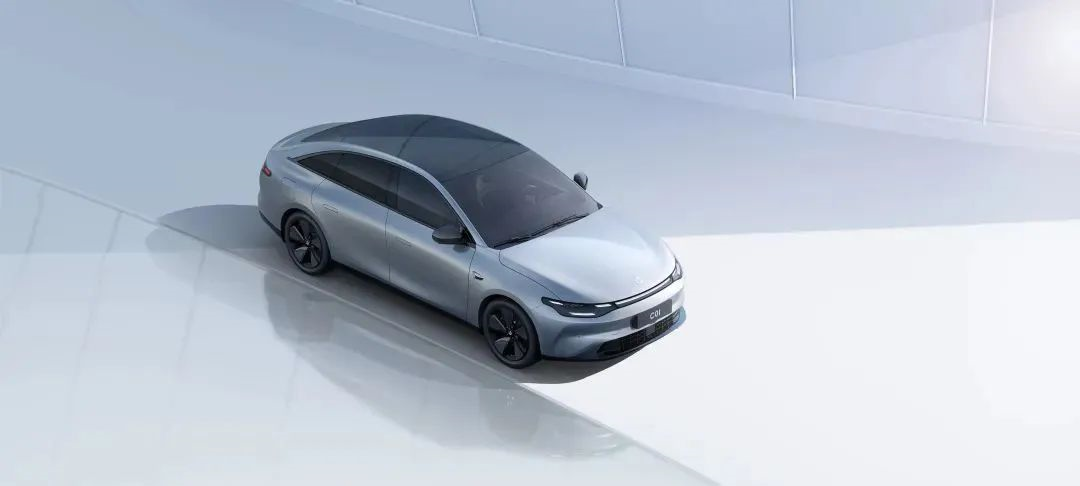
Zero Run C01’s front face design follows the family design of the Zero Run C series. The digital headlamps are composed of 48 LED units from Osram which can display flushing and breathing effects, and various light language models such as unlocking, locking, quick and slow charging.
Zero Run C01’s tail adopts through-type taillights, a black light shield, and a high-lift duck-tail design, making it more dynamic. The overall size is 5050 * 1902 * 1509 mm, a medium-to-large car size, and the 2930 mm wheelbase ensures certain rear space.
In addition, Zero Run C01 uses frameless doors and 19-inch low air resistance wheels, and the high-performance version can choose 20-inch wheels. Zero Run C01 has also put efforts into aerodynamic design, such as a coupe-like body, active air intake grille, and hidden door handles, which reduces the drag coefficient to 0.226.
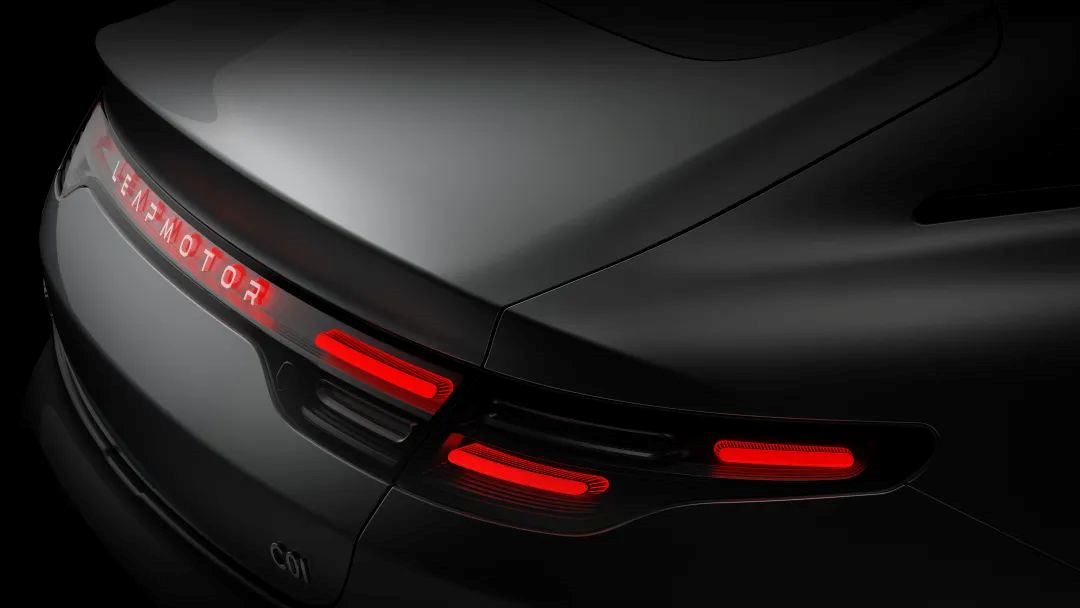
Regarding the interior, Zero Run C01 gives the same impression as Zero Run C11. It has a triple-screen instrument panel, a gearshift lever, and an ambient light. The main difference is the position of the door opening button. This time, Zero Run C01 has put the button on the side of the armrest. In addition, Zero Run C01 offers seat ventilation, heating, massage, Nappa leather seats, and suede headliners as options, as well as a panoramic skyroof measuring 1.31 square meters, to enhance the transparency inside the car.
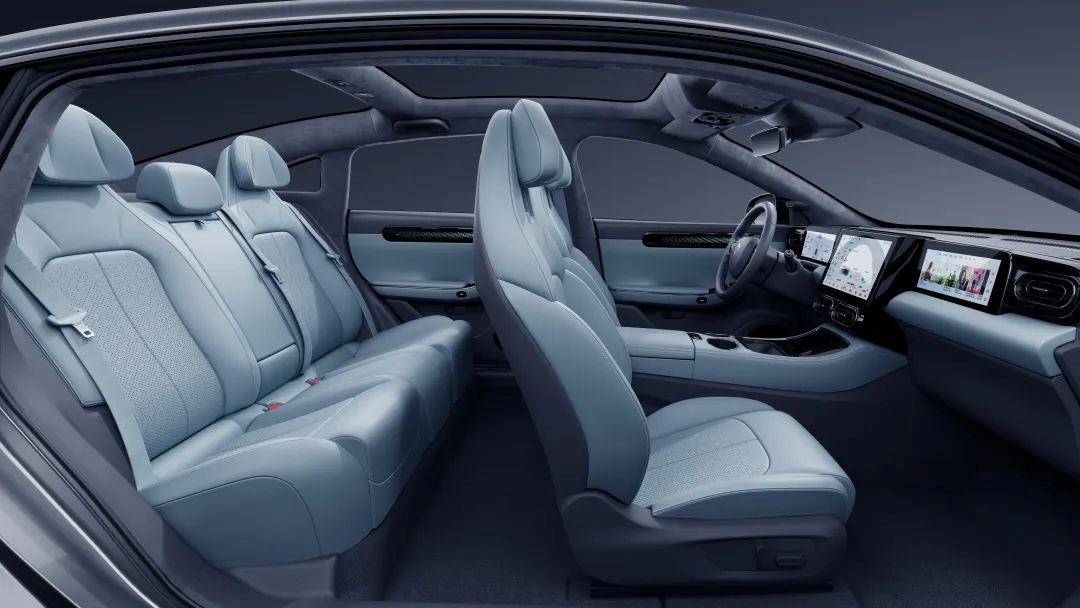 The C01 vehicle infotainment system adopts Qualcomm Snapdragon 8155 chip and is equipped with iFlytek 3.5th-generation voice recognition technology, supporting visible speech recognition. At the same time, C01 comes with an Android virtual machine, which has a compatibility rate of over 99% for popular applications and over 40 mini programs. In terms of in-vehicle connectivity, C01 is equipped with OPPO Intelligent Vehicle Connection, which allows for multi-screen connectivity applications. Additionally, Apple Watch can also be connected and controlled with the C01.
The C01 vehicle infotainment system adopts Qualcomm Snapdragon 8155 chip and is equipped with iFlytek 3.5th-generation voice recognition technology, supporting visible speech recognition. At the same time, C01 comes with an Android virtual machine, which has a compatibility rate of over 99% for popular applications and over 40 mini programs. In terms of in-vehicle connectivity, C01 is equipped with OPPO Intelligent Vehicle Connection, which allows for multi-screen connectivity applications. Additionally, Apple Watch can also be connected and controlled with the C01.
C01 is also equipped with 12 speakers and an 8-channel DSP power amplifier, tuned by the French professional tuning team from Amethyst, with the added feature of an embedded in-vehicle KTV from Leishi. Furthermore, C01 comes with a power-controlled rear boss seat, which can control the rear front-back movement and angle adjustment (linked with the front seats), with a backrest that can tilt up to 10 degrees. According to official Zero Run information, the rear legroom space of C01 can reach 319mm, while the trunk volume can reach 496 L.
In terms of intelligent driving, C01 has a total of 11 cameras (with binocular front-view cameras, 4 surround-view cameras, 4 blind spot cameras, and 1 facial recognition camera), 12 ultrasonic radar sensors, and 5 millimeter-wave radar sensors. It is equipped with Zero Run’s self-developed Dual Ling Chip 01, with a single computing power of 4.2 Tops. This will also be the last battle for the Ling Chip 01. The next generation of intelligent driving hardware will be developed based on the Orin chip and a laser radar. C01 is equipped with 23 auxiliary driving functions. The advanced NAP (Navigation-Assisted Driving) function can be subscribed and activated later. In addition, C01 also comes with AR reality navigation.
In terms of power, C01 adopts Zero Run’s self-developed 200 kW three-in-one oil-cooled electric drive assembly, with an overall efficiency of 88.5%. The performance version of C01 will use a dual-motor layout, with a maximum output power of 400 kW and a maximum torque of 720 N●m. This allows the high-performance version of C01 to achieve a 3.66 second acceleration rate for 100 kilometers. The suspension system is the same as the C11, using a front double-wishbone and a rear five-link combination.
Of course, the 3.66 second acceleration rate for 100 kilometers is not just due to the 400 kW dual-motor. Low wind resistance and lightweight are also important factors. Lightweight is achieved through a steel-aluminum hybrid body, aluminum alloy anti-roll frame, aluminum alloy front subframe, and even “some manipulation” of the battery. This makes the entire vehicle weight of C01 reduced by 5%.## The first CTC car?
In 2022, the integrated design of battery and chassis begins mass production. This is what we call CTC technology (Cell To Chassis, i.e., battery cells are directly integrated into the chassis).
It is easy to understand that, compared with the previous battery pack solutions, CTC technology abandons many components that make up the battery pack and directly installs battery cells on the chassis. Lynk & Co (Zero Run) has become the first domestic automaker to adopt CTC technology.
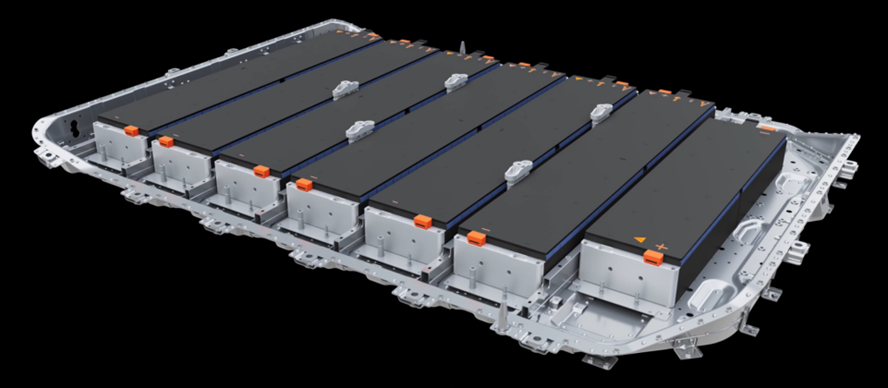
The concept of CTC originated from Tesla’s structural battery proposed on Battery Day 2020, and Model Y equipped with a structural battery has officially been off the production line in the Tesla Texas factory.
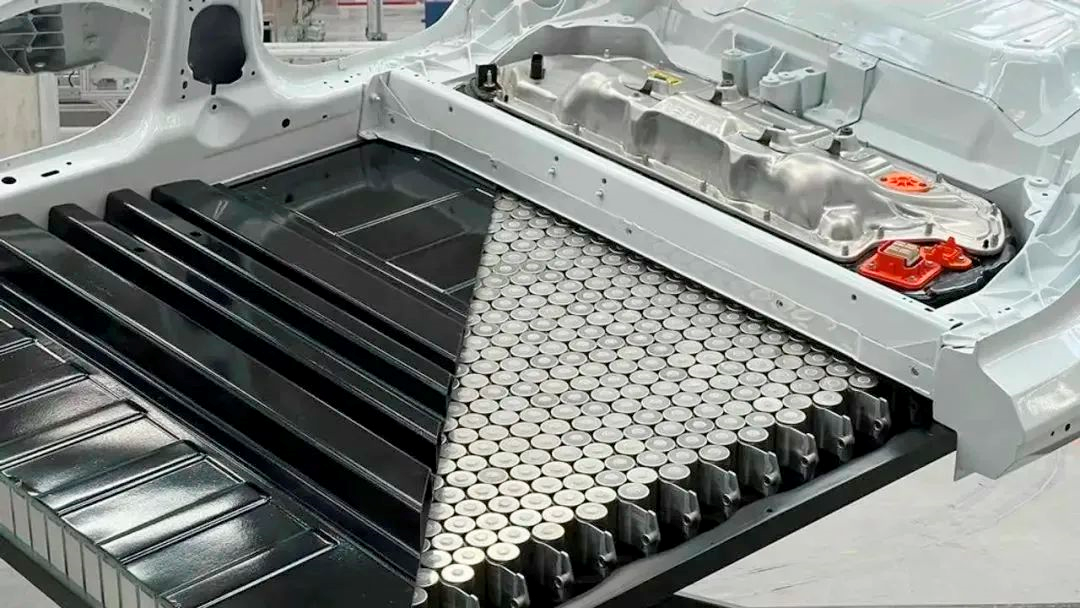
So, what has Lynk & Co done differently with CTC technology?
Yes, that’s right, they are not the same. Lynk & Co’s CTC technology has not directly taken out the battery cells but chosen to place them in large modules. Although the utilization of space is not maximized, it is more convenient for repair and maintenance. The utilization of space may not be as thorough as Tesla, but compared with traditional battery packs, the efficiency is better.
According to Lynk & Co’s official data, the high integration of CTC allowed Lynk & Co C01 to** increase the vertical space of the body by 10 mm and the battery placement space by 14.5%**, making the overall vehicle spatial layout more flexible.
In addition, with CTC technology, the number of parts is reduced by 20%, and the cost of structural parts is reduced by 15%. This means that the comprehensive cost of using CTC technology will be lower.
Lynk & Co’s CTC technology also improved the rigidity of the C01 vehicle by 25%, making the torsional stiffness of the C01** reach 33897Nm/°**. This provides better safety and handling for C01 and helps its NVH performance.
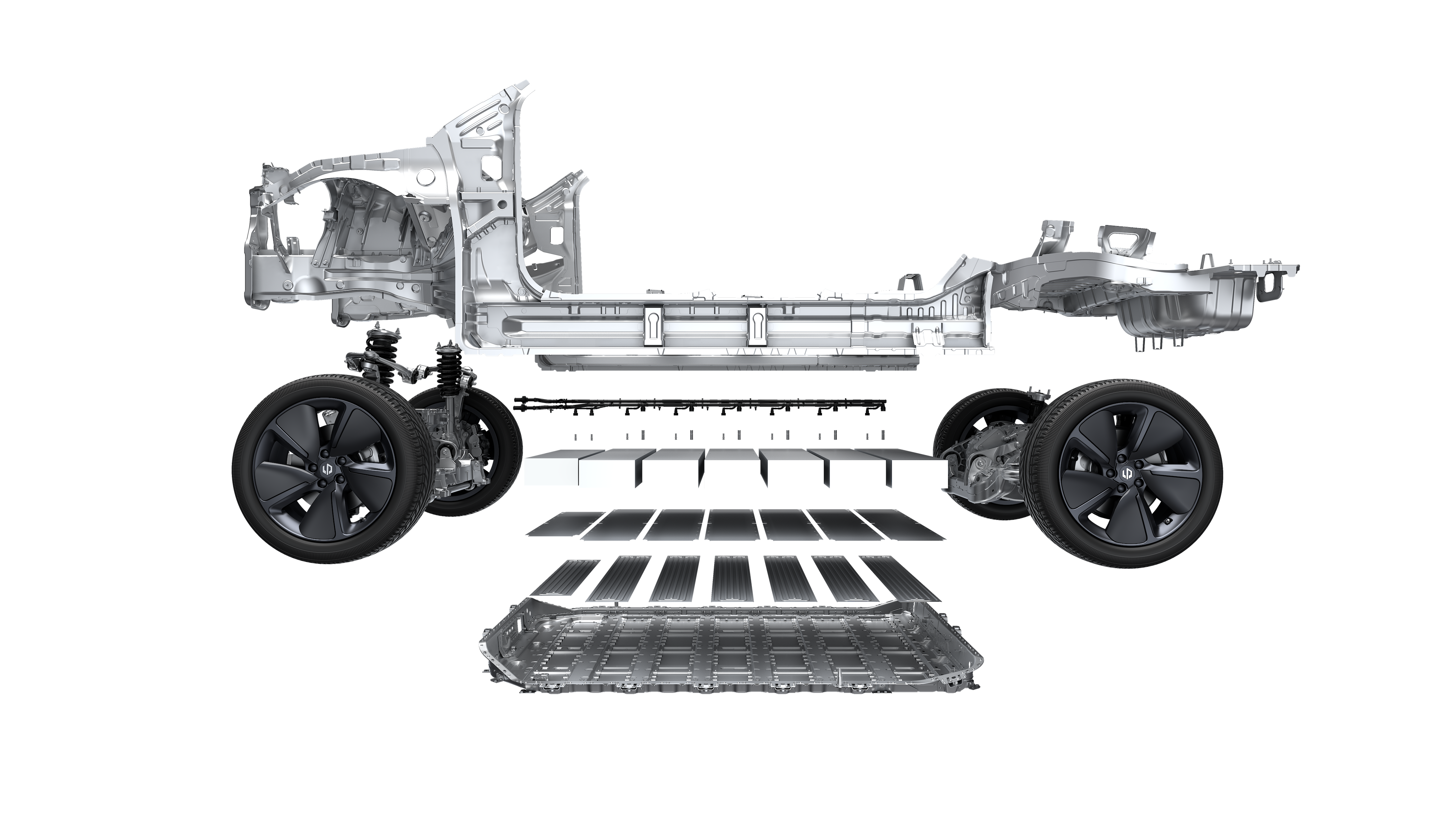
The main challenge of CTC technology lies in the airtightness of the vehicle body. Therefore, Lynk & Co directly presented the results of water wading tests. The C01 has undergone three water wading tests with depths of 150 mm, 300 mm and 350 mm, and a two-hour NaCl solution immersion test. The safety level of the CTC battery pack has reached IPX9. The C01 has passed more than 30 battery safety tests, including water wading tests, exceeding more than 10 national standard requirements.At the software level, LI released the AI-BMS intelligent battery management system to monitor the battery status in real-time for improved safety. This system also supports predicting the future battery status to extend battery life.
With the use of CTC technology, the range of C01 has been increased by 10%, with the highest range of the two-wheel-drive version equipped with a 90 kWh battery pack reaching up to 717 km (CLTC) and the range of the four-wheel-drive version also reaching up to 630 km.
Conclusion
For LI, the market performance of T03 and C11 can be considered a moderate success. Through self-development and high cost-effectiveness, they have gradually gained a foothold in the intelligent electric vehicle market. Although C01 has the advantage of being a medium to large-sized sedan, its competitors in the price range of 180,000 to 270,000 RMB are not few.
Currently, XPeng P7, BYD Han EV, and Model 3 are in direct competition with C01. At the same time, it will face threats from BYD Dolphin, Changan Blue Whale C385, and NETA S in the future.
Do you think LI C01 will continue the attack and help LI continue to grow, just like T03 and C11 did?
This article is a translation by ChatGPT of a Chinese report from 42HOW. If you have any questions about it, please email bd@42how.com.
